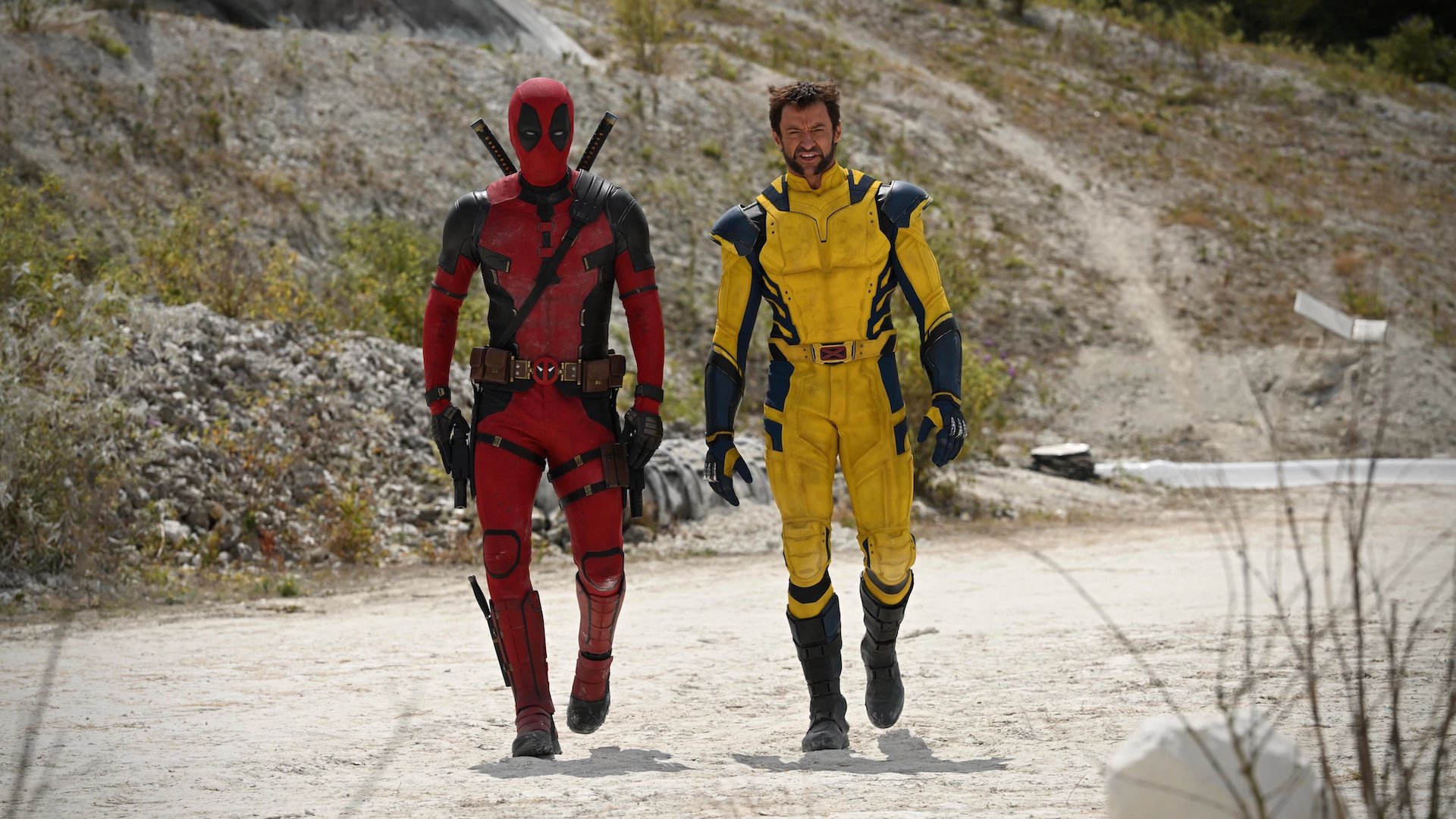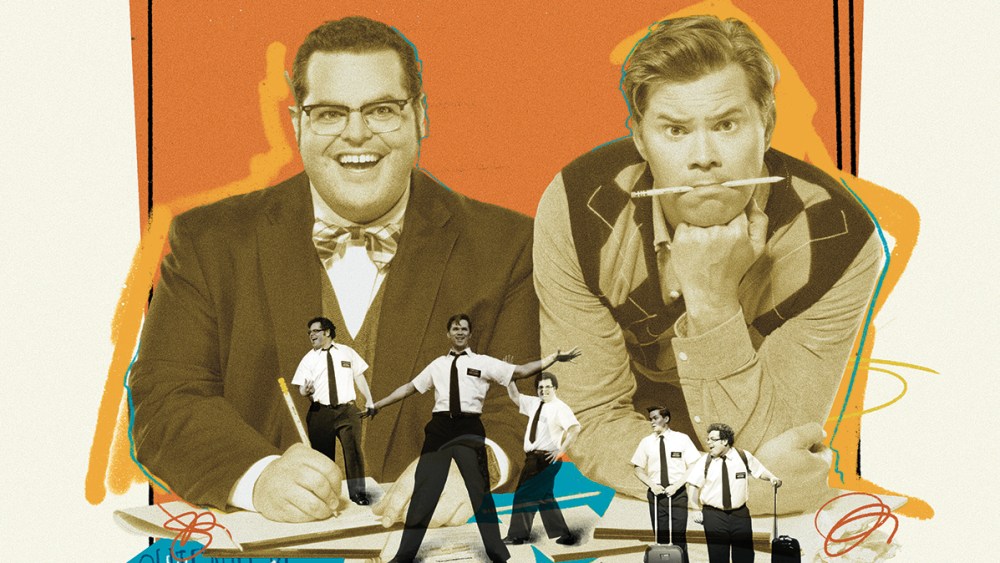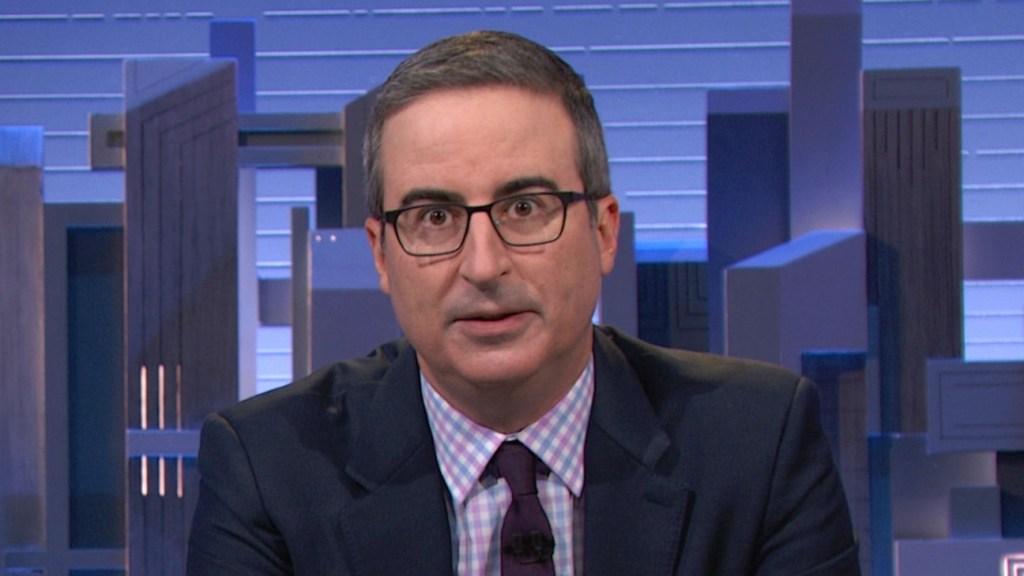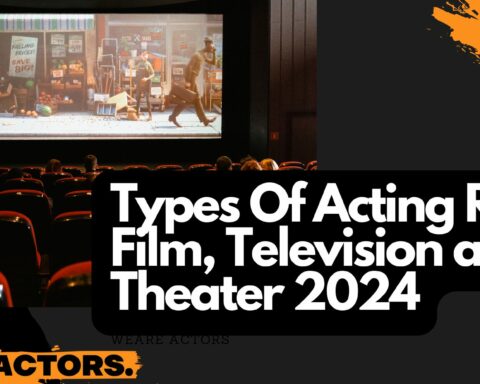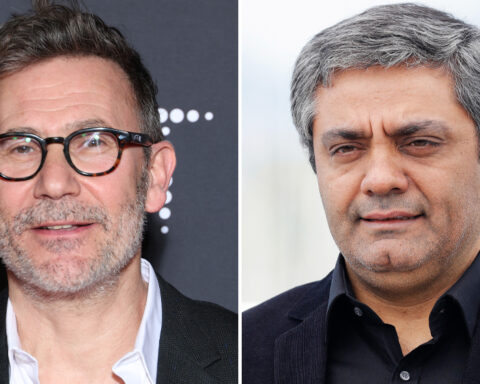All Chloe Domont wanted to do was direct. But film directing assignments aren’t handed out to NYU Film School grads, so she apprenticed in television to make a living, starting out as a writer’s assistant, eventually moving onto being the only woman in an otherwise all-male writer’s room on “Ballers.”
That intense, life-changing experience inspired her directorial debut “Fair Play,” which she wrote during the pandemic. The basic outline: a young hedge fund executive (Phoebe Dynevor) is so happy with her boyfriend (Alden Ehrenreich), who also works at her hedge fund, that they agree to get married. They keep their forbidden relationship secret at the firm, going so far as to take different routes to the office. But when she’s suddenly promoted over him, becoming his boss in the process, the dynamic swiftly changes.
The movie is intimate, sexy, and violent — and quickly got financed. And after “Fair Play” premiered at the Library in Park City last January, it ignited a bidding war for worldwide rights, which was won by Netflix for $20 million.
That very writing room was the reason Domont wrote “Fair Play,” she told me at the Toronto International Film Festival, which played the movie ahead of its theatrical release this week (it starts streaming on Netflix next Friday). “You’re treated like one of the boys,” she said. “And so you’ve got to act like one of the boys. And if you don’t act like one of the boys, there’s a risk that you lose your seat at the table. It never rose to the level of sexual harassment. It was more like: ‘Are you tough?’ It’s a little more hazing. Like, you’re a guy. They did it to younger men, too.”
After the “Ballers” writer’s room, Domont graduated to directing episodes of the show and other series. Which was a lot better. “While I was directing TV, I was looking for this story to tell,” she said. “‘Fair Play’ came to me from my rise up in television. And I put that in the movie, because I felt like that that was an important thing to show. And, at times, there was a lot of shame. I was showing how women have to play ugly to survive in that kind of workspace.”

And yet, directing television is an episode by episode commitment overseen by the showrunner.
“You’re still a day player,” she said. “I knew TV was not, especially as a director, not my medium. I have stories I want to tell and and so I always knew that the goal was to switch over. I wanted to make sure that when I did tell the story, that it was the right story. I had written other scripts, but I didn’t think they were good enough or timely enough or pierced through enough and it took life experience to realize that no, ‘Fair Play’ is the story I need to tell.”
Domont started with the idea of the unraveling of the relationship. “The idea that there’s a power flip. I had no idea what backdrop it was against, or how exactly it was going to implode,” she said. COVID offered uninterrupted writing time. “The first thing that came to me was the scene when Emily gets promoted,” Domont said. “And, the idea that her first reaction isn’t excitement, it’s fear. And when that scene happened: ‘OK, this is what I need to write from. It’s that.’”
The filmmaker has met her share of toxic males in her romantic life — though not, she said, the “lovely man” she is seeing now. “I met him through his mother, who was the breadwinner of the family. I knew that he could handle it,” she said. “In my personal life, there are men that adore me for all my traits, but they also at the same time can’t help but feel threatened by them in some way, because of the way they’re raised. It’s that intersection and juxtaposition, that’s where the conflict is, not just in relationships, but also in work, too. What’s interesting art to me is you take your experience and you dramatize it, or you put it in new territories, you’re still exploring something new, but also, I get excited when people push it, but are still grounding it within the realm of reality.”
Domont decided to explore the world of high finance, specifically, a hedge fund. “I wanted to set it in an office setting,” she said. “That would feel more universal for women. I had a bunch of friends in that space, who faced emotional highs and lows. They could start out their day where everything’s going great. And then right before close, suddenly they made a bad bet. And everything’s crushed.”
Again, Domont’s experience in the writer’s room informed her research methods. She took a group of hedge fund guys out for drinks. “I got them drunk,” the filmmaker said. “And I asked them a bunch of questions. Studying that world was like learning a foreign language.”
When Domont showed the script to her UTA agents, they sent it to Star Thrower and Ram Bergman and Rian Johnson’s banner T-Street at MRC, for producing and financing. It’s easy to see the allure: The movie subverts the usual sexual attraction genre, while pushing it into “what would you do?” territory. “They got it to the right producers who really connected with it,” she said. “And it moved surprisingly quickly, and they signed on like the day after they read the script. So it was exciting.”

When it came to casting the lead, Domont wanted to find an actress who, like the character, was “a rising star in her world,” she said, “someone that wasn’t already established. And I felt like Phoebe was a rising star. She was a rising star in TV, but she hadn’t had a film moment yet. So I was trying to think outside the box in terms of casting than the 12 names that you get.”
And clearly, during her time on “Bridgerton,” Dynevor has shown that she can handle intimate scenes. “But for me, what I was looking for the most was, how present is she? How dialed-in is she, and for me, it was incredibly clear that she was totally present,” Domont said. “There was a vulnerability there, but also a fierceness. I also liked the way that you could read distress in her eyes. That was incredibly important. I felt there were places I could take her that she hadn’t been, and I could push them.”
For her partner, Domont was looking for an actor who was the opposite of the character. “Alden is an incredibly strong, versatile actor that started out with a lot of pop,” she said. “I I loved him in ‘Hail, Caesar!’ I knew that it was going to take a confident man to play that level of insecurity. And a lot of other male actors I spoke with, you could tell they were already insecure about going to those insecure places. And that’s never going to be a good recipe for this movie. But Alden came in super confident, so comfortable in his own skin. And he’s all about the craft and and there was never any question: ‘Why does this character goes to these places?’ He’s just ready to dive into the material.”
Because of her TV experience, Domont wanted to keep shooting on interior sets, so Bergman pushed for them to shoot in Eastern Europe, where he and Johnson had built sets for “Glass Onion: A Knives Out Mystery.” (Exteriors were shot in New York.) They built the office, the bathrooms, and the apartment. “I like the control,” Domont said. “I like being able to build things exactly as you want and then have the space to shoot it. We built when she goes shopping for the blouse. It was amazing. We were able to build everything. I had a specific idea for how I wanted each of the spaces to feel claustrophobic in different ways.”

For the couple’s scruffy East Village apartment, “the idea is that they would live together in a part of town that they wouldn’t run into [people from work] in Chelsea or Midtown, or on the West Side,” she said. “And visually I wanted a different texture than the all-glass Midtown office, I wanted something a little grittier. And they’re also young, too. So it’s before they both made a lot of money. They’re still those types of finance bros and girls. They work all day and they party all night, and then they just crash for a few hours before they do it all again, the next day.”
When it came to filming, the producers tried to find a few easy scenes for the neophyte director to start with. “There were like two,” she said. “We were just in it for the rest of the shoot. I wanted to treat this like it’s a ticking time bomb and this pressure cooker. And this ballooning tension. And once the balloon does pop, it turns into a dogfight. That’s how I wanted to go about making this movie.”
Most of the time Domont used one camera, favoring long takes, but sometimes used two to grab simultaneous reactions. The sex scenes were filmed in two parts: “usually the performance side before the sex part,” she said. “So we were just trying to shoot it for performance, and we would shoot everything up until the sex part. We would treat that like a stunt. We had an intimacy intimacy coordinator, and we also had a stunt team there too. So that was helpful for me, it was helpful for the actors, so they didn’t have to worry about performance. And then worrying about where their head was going to land or anything like that and safety wise it just made a lot of sense. We didn’t do many takes of the intimate parts.”
The most difficult scene to shoot was the bathroom sexual assault. “It took us all day to shoot and we had a crane in there and things moved slowly,” said Domont. “We shot Phoebe’s side first and her performance would lead and whatever happened on his side, so it was a challenging thing. We were editing the film while we were shooting, so I had my editor edit that scene and make sure. ‘If we don’t have this final scene, we don’t have a movie. Let me know if this works.’ So he cut it together, and then we found that there were some things missing. We went back, because we built the set, and we could do that.”
Clearly, it was a great feeling, being in charge. “Especially after years in television, where you do have the real voices over your shoulders and you’re serving someone else’s vision,” Domont said. “I felt like I was finally in my element. I was burning and ready to tell this story. I had spent a lot of time honing and honing and honing my craft in TV. I feel grateful for the TV experiences, because I feel like it taught me to become a professional before I got to make my first film. A lot of first-time filmmakers, they’re not professional yet. And so they don’t know how to make quick decisions and sacrifice the things that are not as important to protect the things that are crucial. TV taught me how to do that.”
Also, she had strong producers behind her. “They knew how to give me the resources,” she said. Which also helped when it came to orchestrating the sale at Sundance. They kept the movie low on the radar, and let it speak for itself. Why did they go with Netflix? “Their pitch in the room,” she said. “They are the ones who are going to put in the most effort behind behind getting this this film out into the world and the global reach that they were going to give us film. Ultimately, I want as many people to see this film as possible.”
Next up: Domont turned down some big-studio offers, but chose to stick to writing her next three planned films. For now, she’ll stay independent and stick with her producing team. Why fix what ain’t broke?
How Chloe Domont’s Hazing in Television Inspired Her Sundance Breakout ‘Fair Play’

